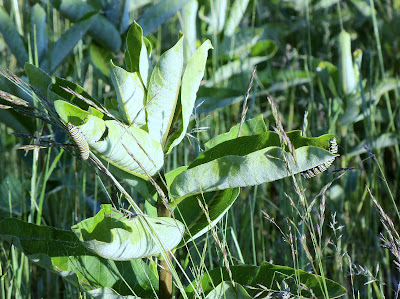It is summer and also time to watch out for turf diseases. The most damaging disease when it is hot and humid is pythium blight (Pythium aphanidermatum.) According to Michigan State University Turf Diseases ID site, pythium first appears as circular reddish brown spots in the turf, ranging in diameter from 1 to 6 in. In the morning dew, infected leaf blades appear water soaked and dark and may feel slimy. When spots are wet with dew, purplish gray or white cottony fungal mycelia can be seen on the outer margins of the spots. Infected grass plants collapse quickly, and when conditions are conducive, spots may coalesce and large areas of turf can be lost in a short period of time (overnight). Pythium blight is a good saprophyte, and survives in the thatch and soil as a water mold until proper conditions occur for it to become pathogenic. As a warm-weather disease of cool season grasses, the disease is most destructive when temperatures are between 85° and 95° F (29.4° - 35° C). When evening temperatures average 68° F or higher, outbreaks will typically first appear in low areas, or poorly drained areas where soil moisture is maintained. Humid periods further favor disease development.
Because of the possibility of this disease, night time watering is on hold until the weather breaks. This will allow me to check the areas to be watered for pythium. We are trying to keep the humidity down as much as possible in the turf canopy in order to keep disease at bay. Also, you may notice us dragging the fairways in the mornings. This is to clear the turf of dew, which can help discourage the dollar spot fungus (Sclerotinia homeocarpa.)
On a totally different note, here are some monarch butterfly caterpillars that I saw on some common milkweed the other day. They are Monarch Butterfly (Danaus plexippus) larvae.
Notice the large hole that has been chewed in the milkweed leaf.
There are several caterpillars on this plant.


No comments:
Post a Comment